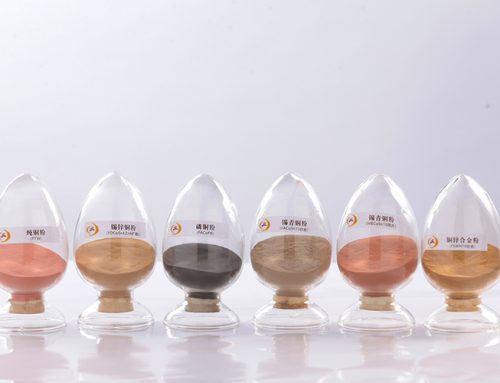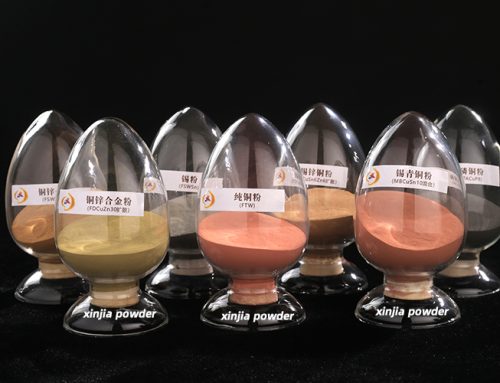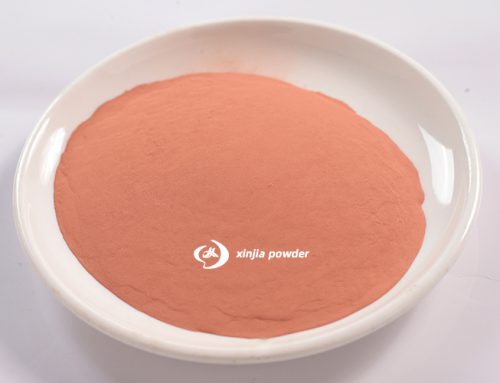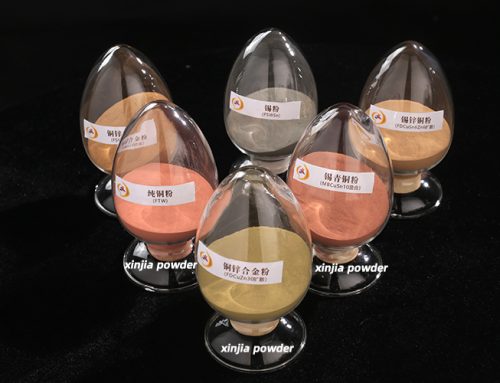Copper-nickel P/M alloys containing 75Cu-25Ni and 90Cu-10Ni have been developed for coinage and corrosion resisting applications. The 75Cu-25Ni alloy pressed at 112 ksi (690 MPa) has a green density of 89% of theoretical. After sintering at 2000 F (1090 C) in dissociated ammonia, the elongation was 14%, and the apparent Rockwell hardness B20. A repressing at 112 ksi (690 MPa) increased the density to 95%. This alloy has the color of stainless steel and can be burnished to a high luster. The 90Cu-10Ni, under similar pressing and sintering conditions, has a final density of 99.4%. It has a bright bronze color and also can be burnished to a high luster. 5
In one method of producing coins, medals and medallions, a mixture of 75Cu-25Ni powders with zinc stearate lubricant is compressed, sintered coined and resintered to produce blanks suitable for striking. These blanks have the advantage over rolled blanks of being softer because they are produced from high purity material. Therefore, they can be coined at relatively low pressures and achieve greater relief depth with decreased die wear.
In another procedure, organic binder is mixed with copper or copper-nickel powders and rolled into “green” sheets. Individual copper and copper-nickel sheets are pressed together to form a laminate and blanks are punched from it. The blanks are heated in hydrogen to remove the organic binder and sinter the material. The density of the “green” blanks is low, being only about 45% of theoretical, but coining increases the density to 97%. After pressing, the blanks are annealed to improve ductility and coinability. 6
“xinjia powder”









